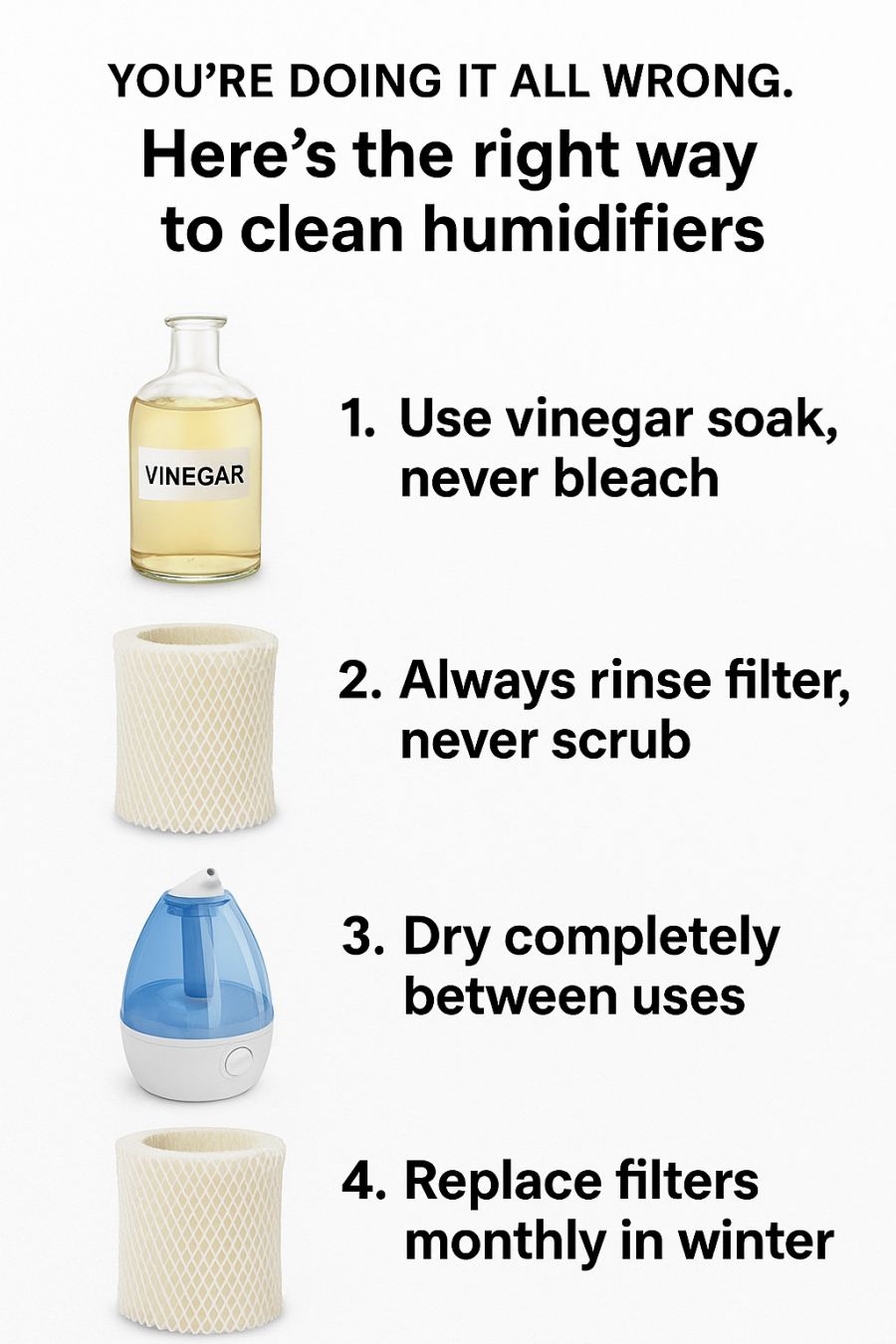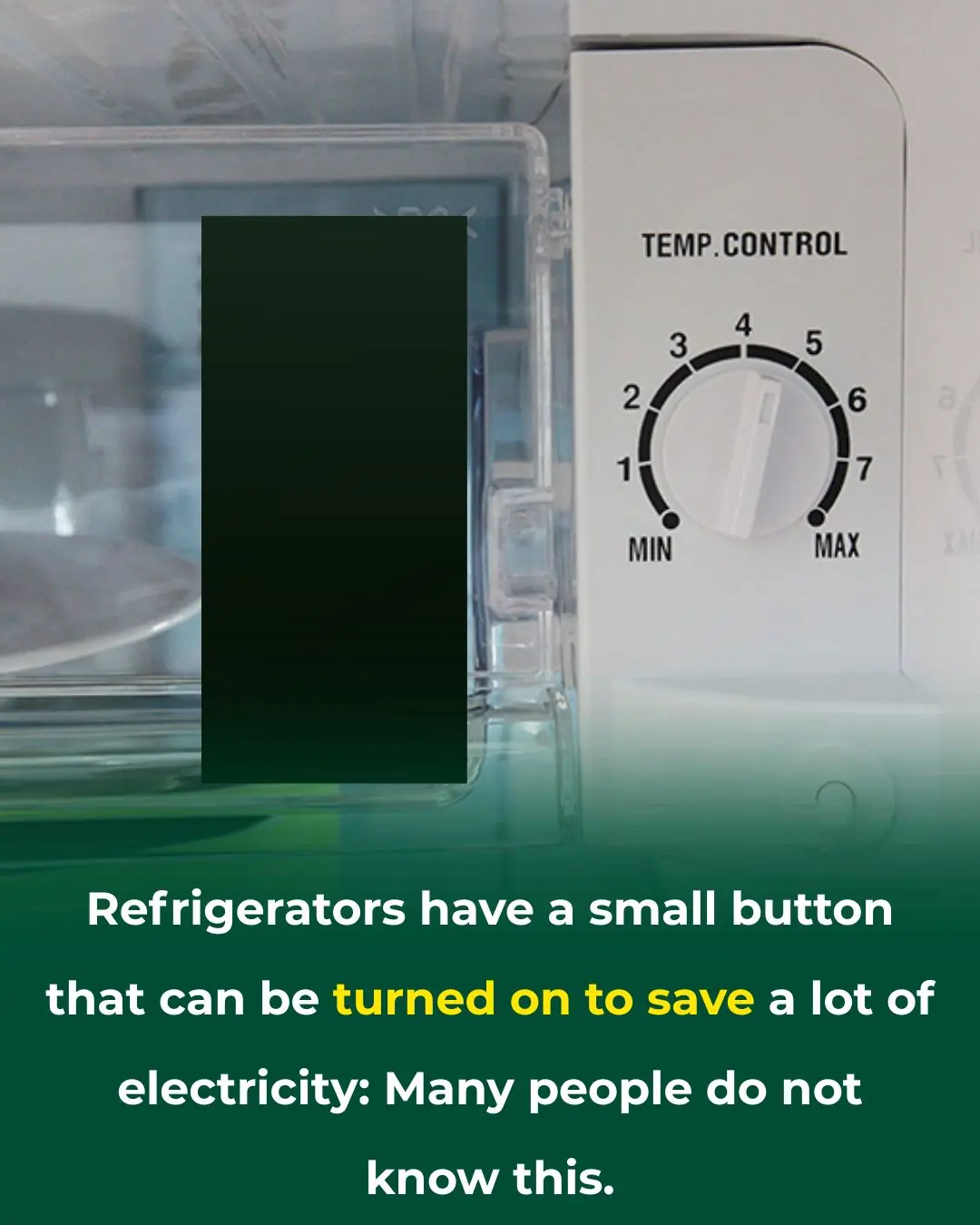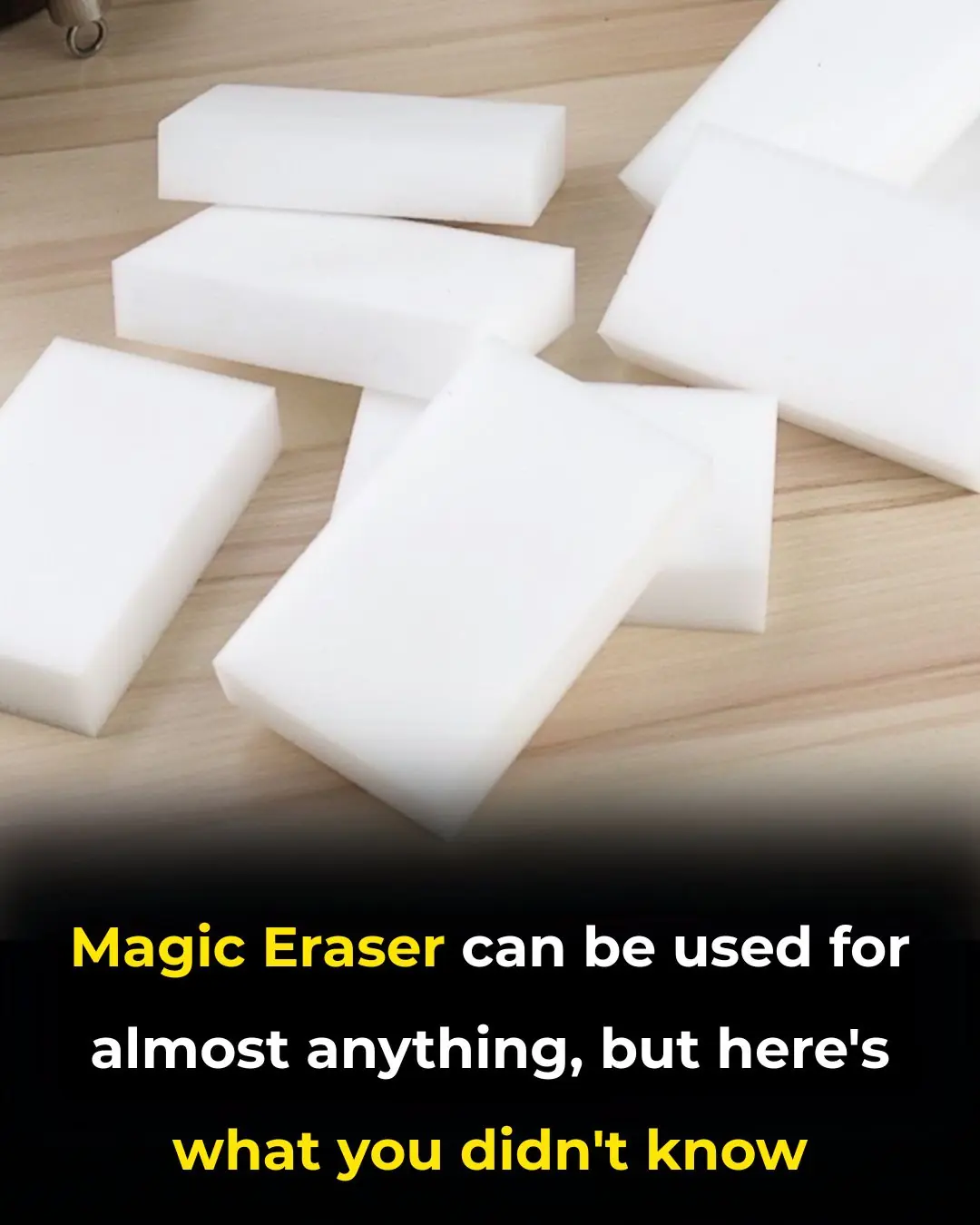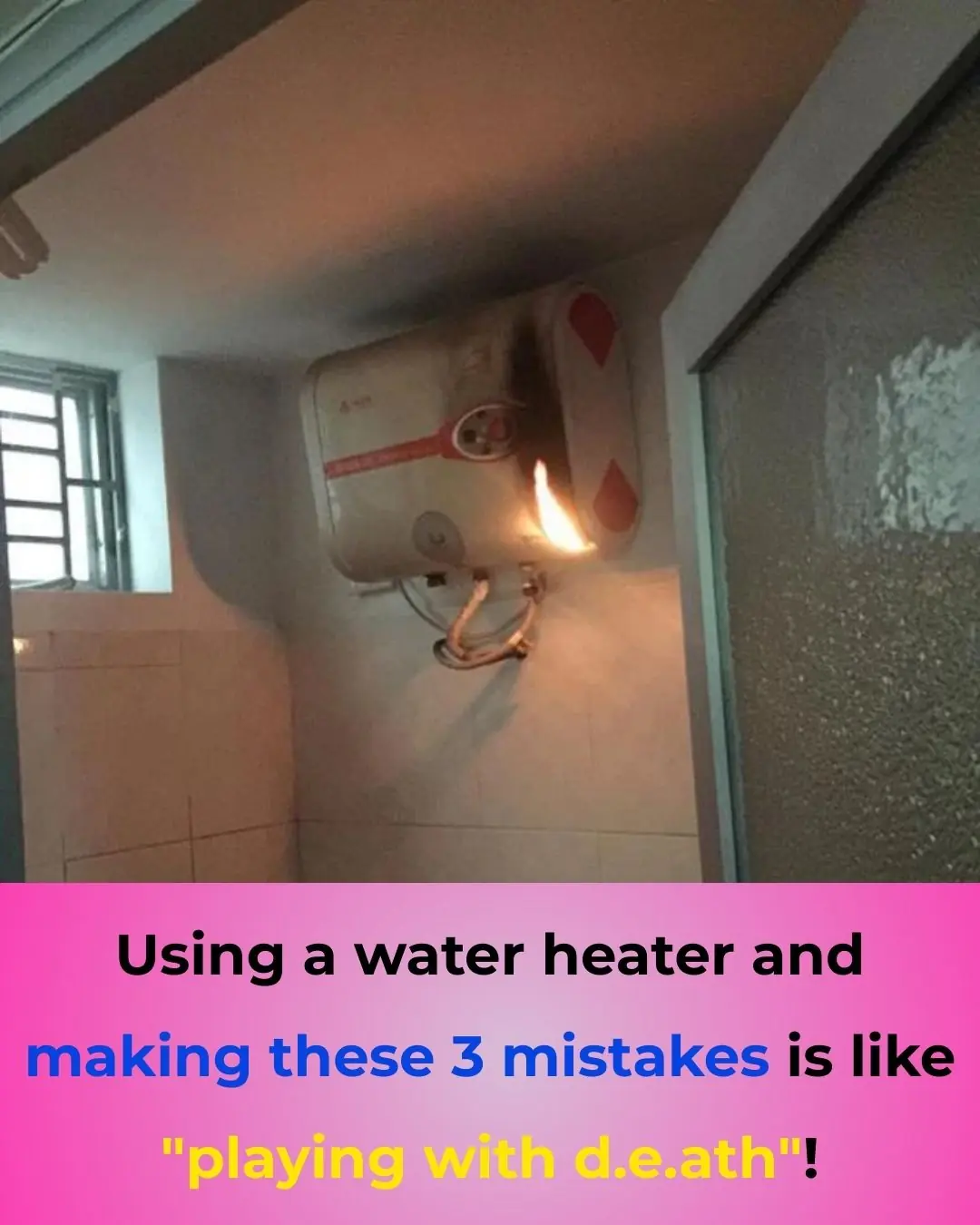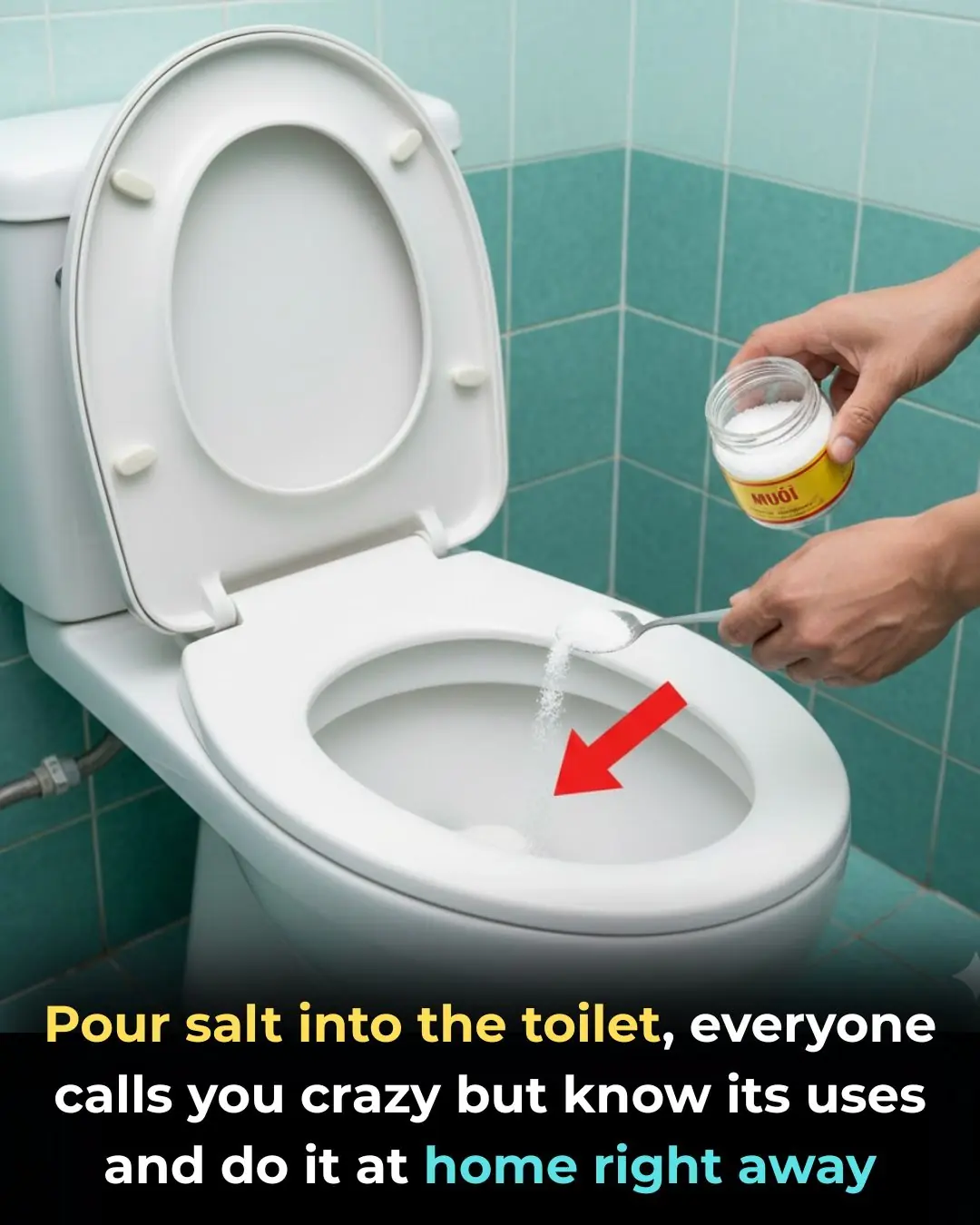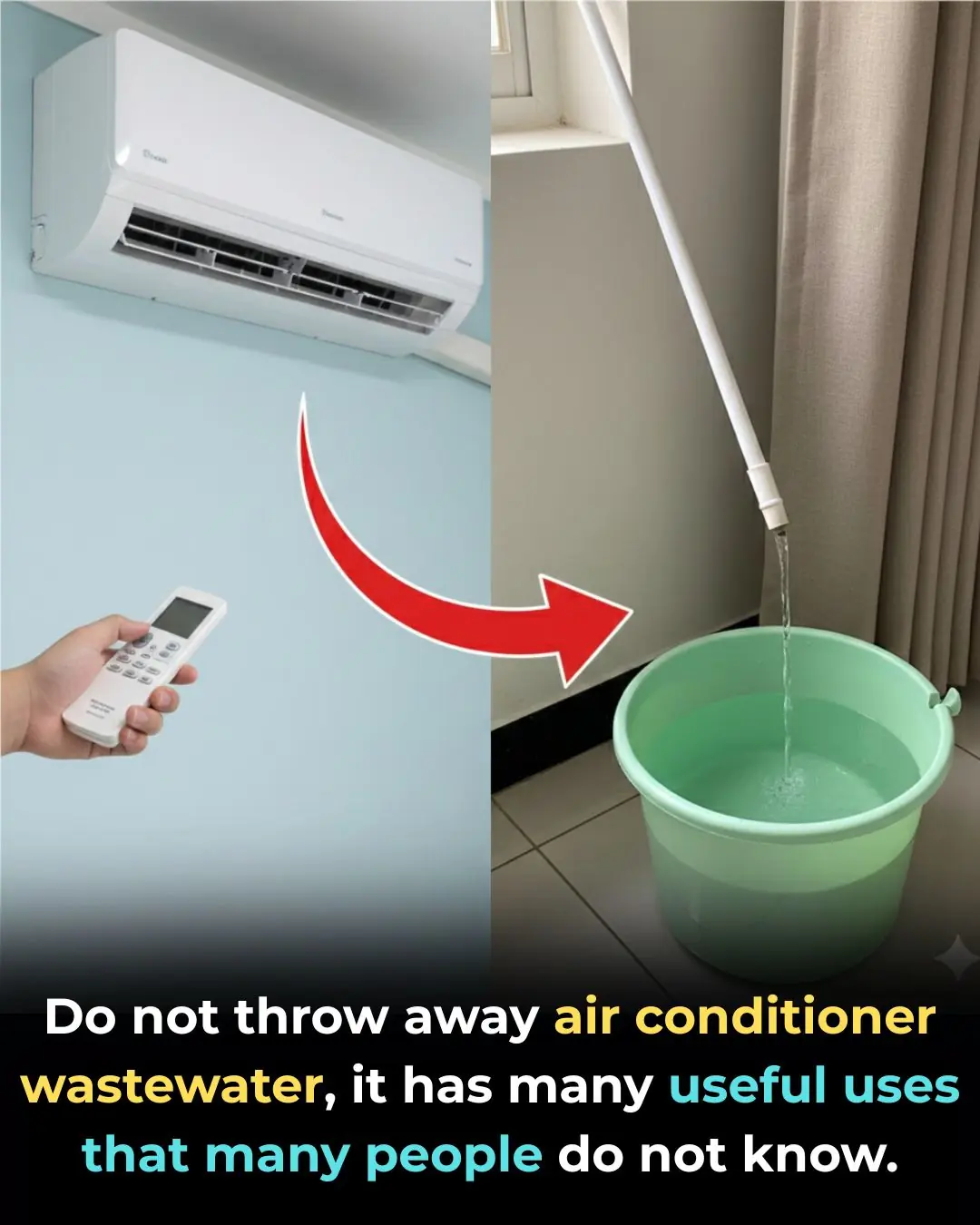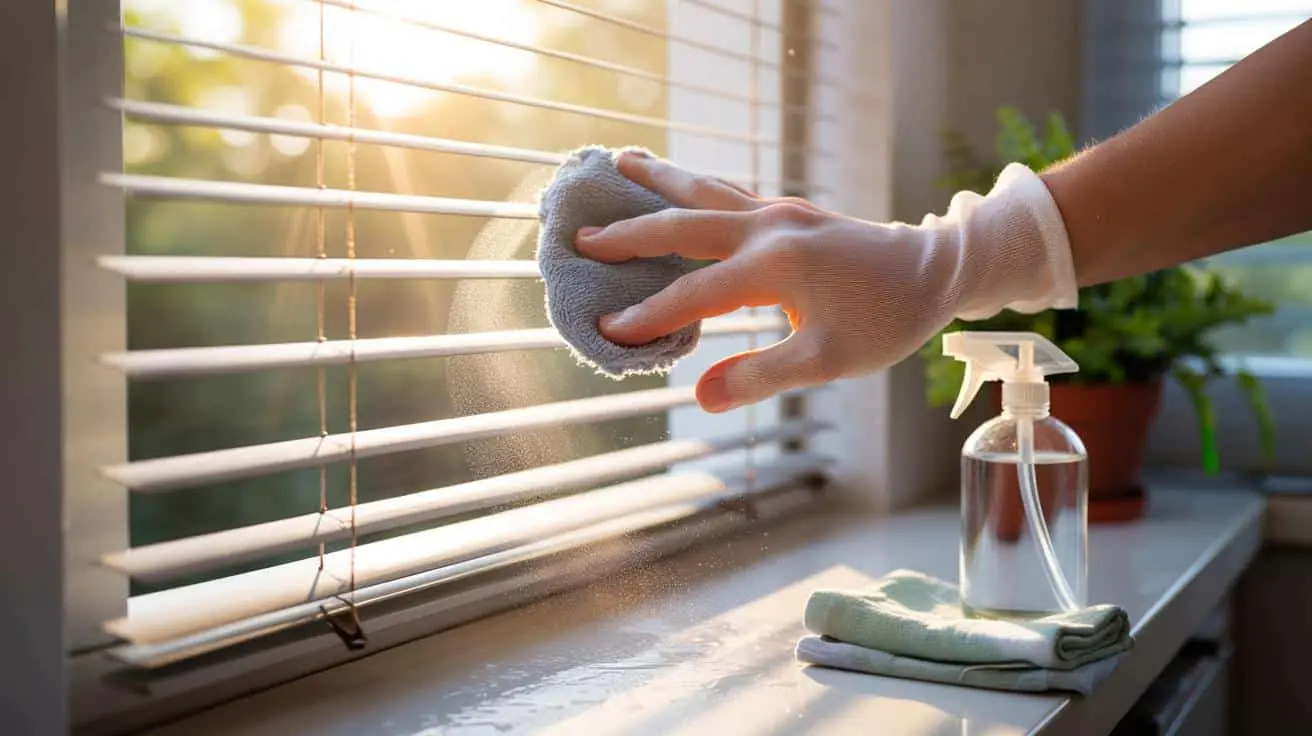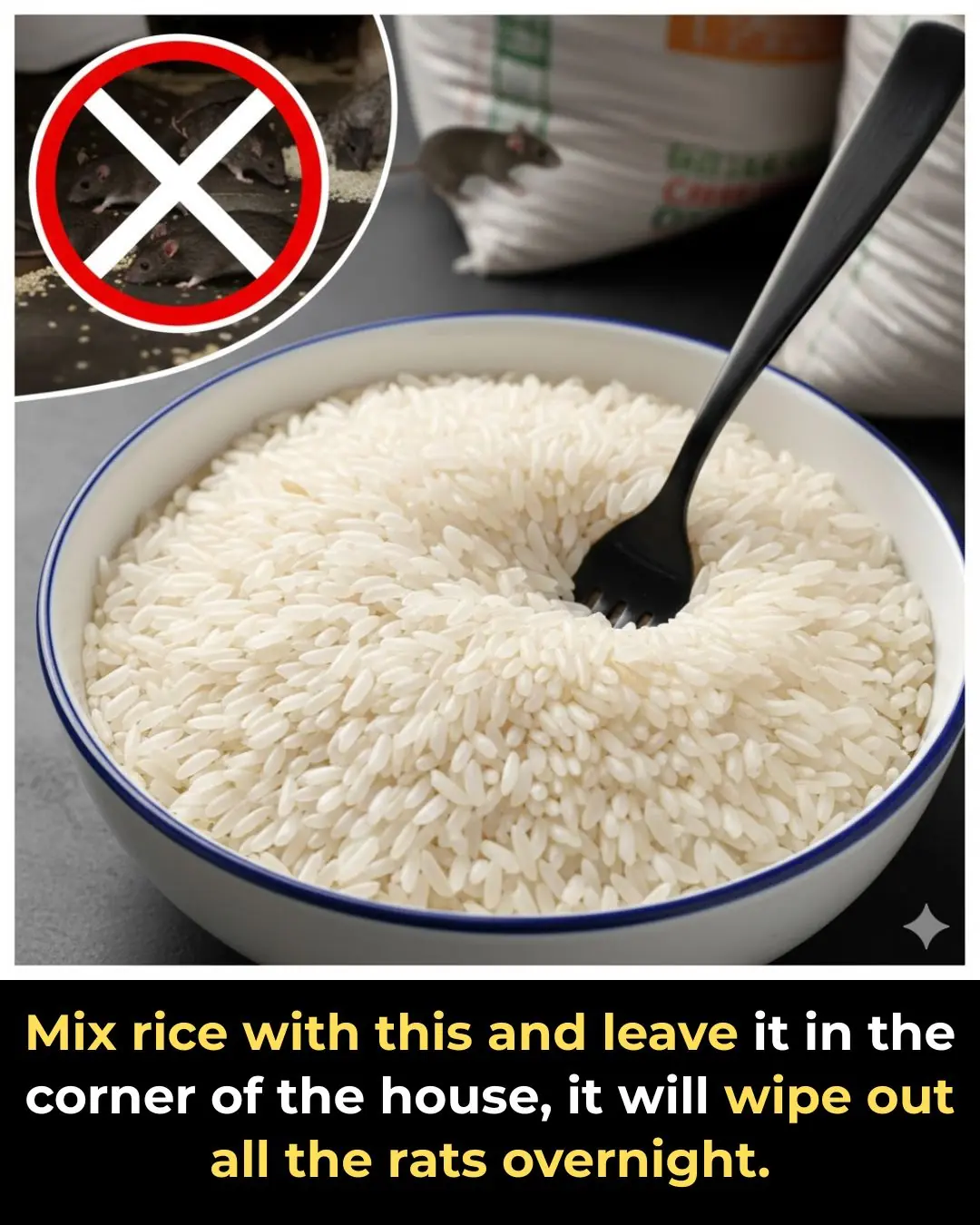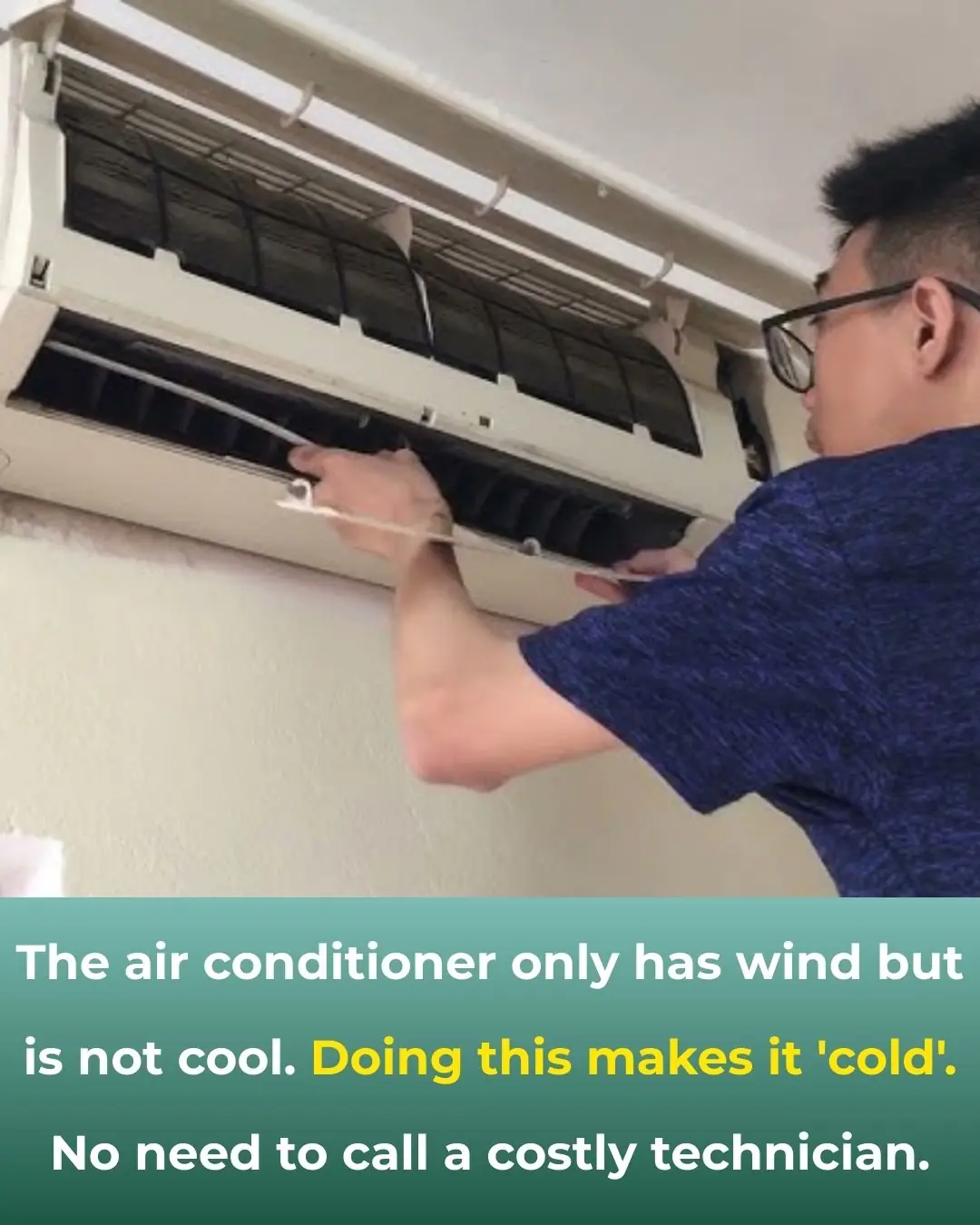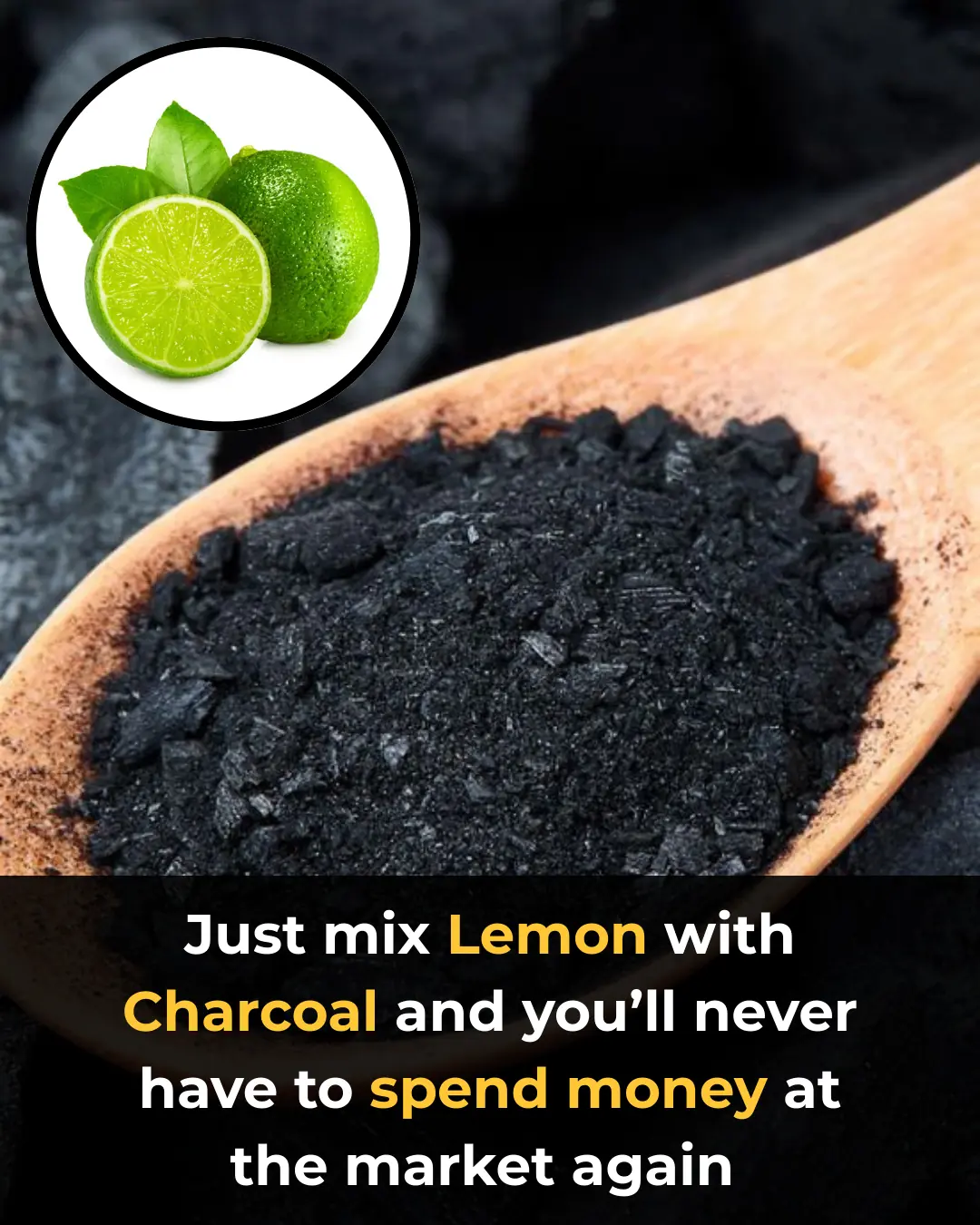Humidifiers are a staple in many homes, especially during the dry winter months, as they help maintain optimal humidity levels for comfort and health. However, like any appliance that involves water, they require regular maintenance to ensure they function properly and safely. Unfortunately, many people are unaware of the correct methods for cleaning humidifiers, leading to ineffective operation and potential health risks.
In this article, we will explore the common pitfalls in humidifier maintenance and provide a step-by-step guide to cleaning your humidifier the right way. By following these guidelines, you can extend the life of your appliance, improve indoor air quality, and safeguard your health.
Advertisement
1. Why Cleaning Your Humidifier Matters
Cleaning your humidifier is crucial for several reasons. First and foremost, a clean humidifier helps prevent the growth of mold, bacteria, and other harmful microorganisms. These can thrive in the warm, moist environment of a humidifier and may be dispersed into the air if not properly maintained.
Moreover, regular cleaning ensures that your humidifier operates efficiently. Mineral deposits from water can build up in the machine, causing it to work harder and use more energy. By cleaning your humidifier regularly, you ensure that it runs smoothly and effectively, providing the intended benefits of maintaining humidity without introducing pollutants into the air.
2. The Risks of Neglecting Proper Maintenance
Neglecting humidifier maintenance can lead to several health risks. When a humidifier is not cleaned regularly, it can become a breeding ground for bacteria and mold. These microorganisms can be released into the air, leading to respiratory issues, allergies, and other health problems, particularly for those with asthma or compromised immune systems.
In addition to health risks, failing to maintain your humidifier can shorten its lifespan. Mineral buildup can cause parts to wear out prematurely, leading to costly repairs or the need for a replacement. Furthermore, an inefficient humidifier may consume more electricity, increasing your utility bills.
3. Common Mistakes: What You're Doing Wrong
Many people make common mistakes when it comes to cleaning their humidifiers. One frequent error is using the wrong cleaning agents, such as bleach or harsh chemicals, which can damage the unit and leave harmful residues. Another mistake is not cleaning the humidifier often enough; ideally, it should be cleaned every three days to a week, depending on usage.
Additionally, people often overlook the importance of rinsing and drying all parts thoroughly. Leaving moisture in the unit can encourage mold growth, defeating the purpose of cleaning. Finally, some users neglect to consult the manufacturer's instructions, which can lead to improper handling and cleaning techniques.
4. Use Vinegar Soak, Never Bleach
When cleaning your humidifier, it's essential to use the right cleaning solution. Vinegar is an excellent choice because it is a natural disinfectant and effective at breaking down mineral deposits. To clean your humidifier, fill the base with a mixture of equal parts water and white vinegar, and let it soak for at least 30 minutes before scrubbing gently with a soft brush.
Bleach, on the other hand, should be avoided. Although it is a powerful disinfectant, it is too harsh for humidifiers and can damage the interior components. Additionally, bleach residues can be harmful if inhaled, so it's best to stick with vinegar or other manufacturer-recommended cleaning solutions.
5. Always Rinse the Filter, Never Scrub
Filters are a crucial component of your humidifier, and they require regular attention to function effectively. However, when cleaning the filter, it's important to rinse it under cool running water instead of scrubbing. Scrubbing can damage the delicate fibers, reducing the filter's efficiency and lifespan.
After rinsing, allow the filter to air dry completely before reinserting it into the humidifier. This step is vital to prevent mold growth and ensure the filter is ready to capture impurities from the water effectively.
6. How to Disassemble for Effective Cleaning
To clean your humidifier thoroughly, you need to disassemble it properly. Start by unplugging the unit and removing the water tank. Consult the manufacturer's manual for specific disassembly instructions, as humidifier models can vary.
Once disassembled, separate the components that need cleaning, such as the water tank, base, and any removable parts. This will allow you to clean each piece individually, ensuring no area is overlooked. Remember to handle each component with care to avoid damage.
7. The Importance of Drying Completely Between Uses
One of the most important steps in humidifier maintenance is ensuring all parts are completely dry before reassembly. Moisture left in the unit can foster the growth of mold and bacteria, which can then be released into the air when the humidifier is in use.
After cleaning, lay out all parts on a clean, dry towel and allow them to air dry thoroughly. Ensure that no water remains in crevices or on surfaces before putting the humidifier back together. This simple step can significantly reduce the risk of microbial growth and prolong the life of your humidifier.
8. Replace Filters Monthly in Winter
During the winter months, when humidifiers are often used more frequently, it is advisable to replace the filter every month. This is because filters can become saturated with minerals and impurities from the water, reducing their effectiveness over time.
Regular filter replacement helps maintain the humidifier's efficiency and ensures that the air released is as clean and healthy as possible. Always use filters recommended by the manufacturer to ensure compatibility and optimal performance.
9. Disinfecting the Water Tank Safely
To disinfect the water tank, use a solution of one teaspoon of hydrogen peroxide mixed with one gallon of water. Fill the tank with this solution and let it sit for at least 30 minutes. This will help eliminate any lingering bacteria or mold spores.
After disinfecting, rinse the tank thoroughly with clean water to remove any residual hydrogen peroxide. Ensure the tank is completely dry before refilling it with water and reassembling the humidifier.
10. Viral Hacks: What Works and What Doesn’t
The internet is full of viral cleaning hacks, but not all of them are effective or safe for your humidifier. For example, using essential oils in the water tank is a popular suggestion, but it can damage the humidifier's components and void the warranty.
Another hack suggests using rice to clean the humidifier's interior, but this can leave behind particles that may clog the system. Instead, stick to proven methods like vinegar soaks and manufacturer-recommended cleaning solutions to ensure your humidifier is cleaned safely and effectively.
11. Creating a Cleaning Routine for Longevity
To keep your humidifier in top condition, establish a regular cleaning routine. Depending on how often you use the humidifier, aim to clean it every three days to a week. Mark your calendar or set a reminder to ensure you don't forget this essential maintenance task.
Advertisement
By consistently following a cleaning routine, you can prevent the buildup of minerals and microorganisms, extend the life of your humidifier, and maintain a healthy indoor environment. Regular maintenance not only improves the efficiency of the humidifier but also provides peace of mind knowing that you are breathing clean, humidified air
